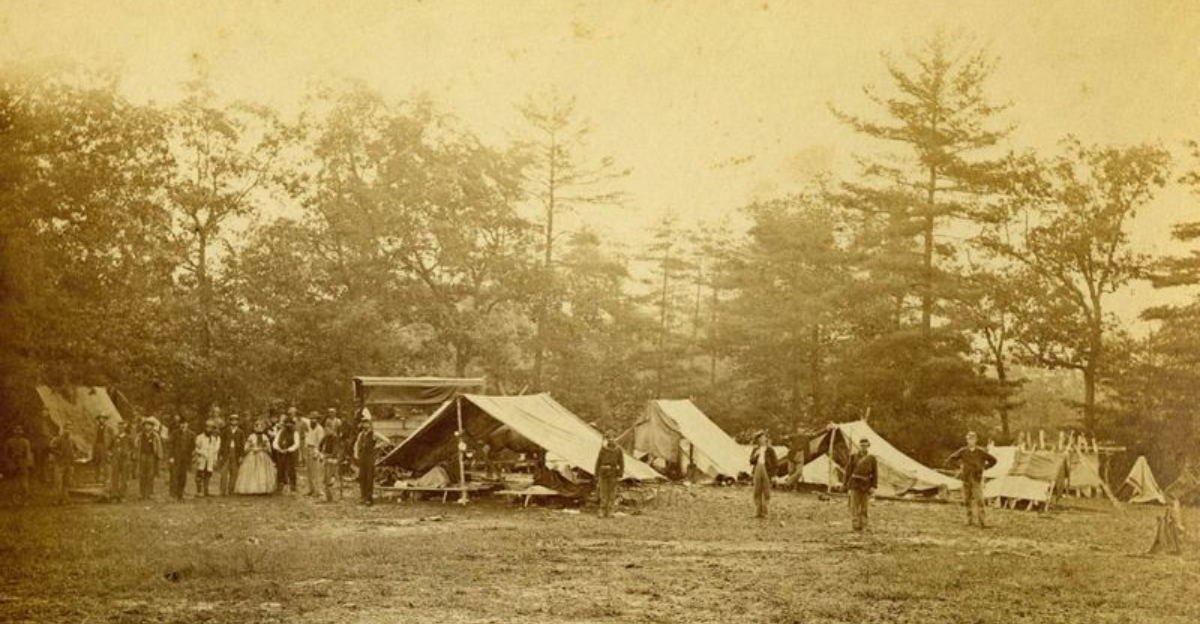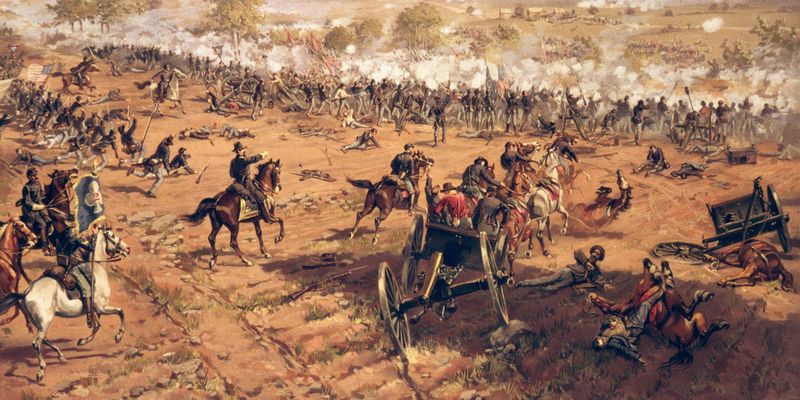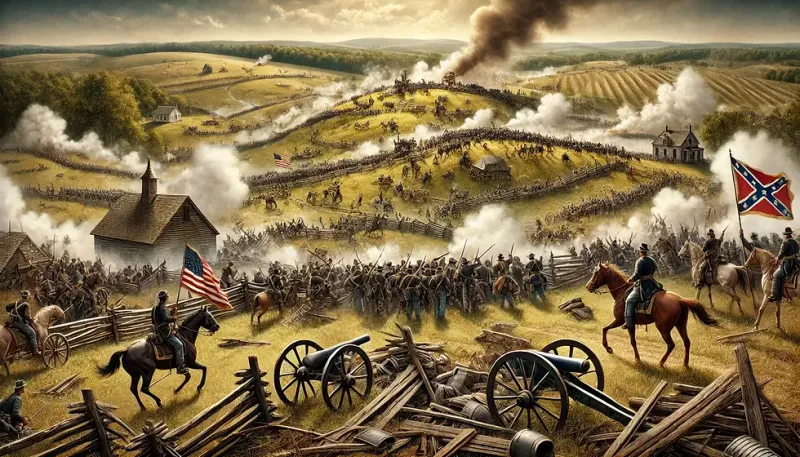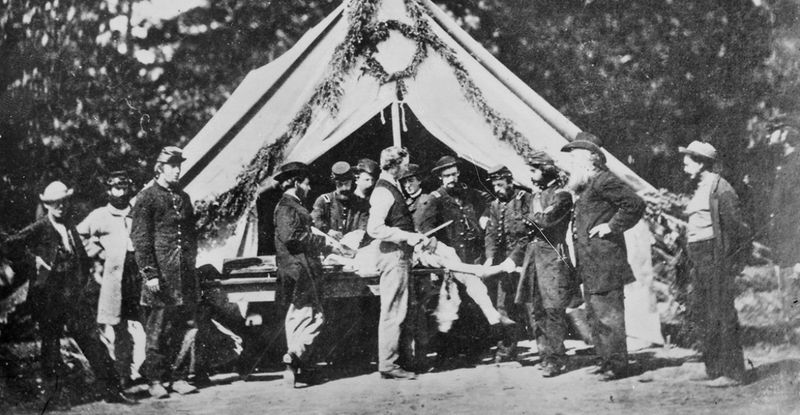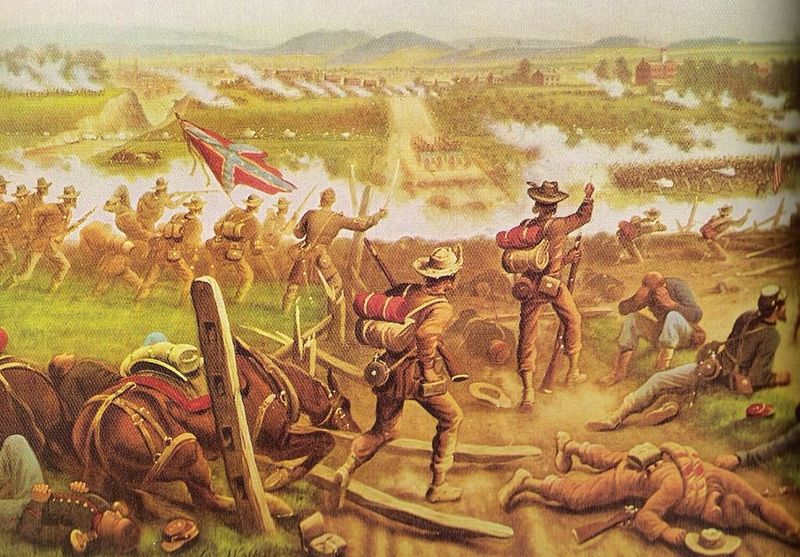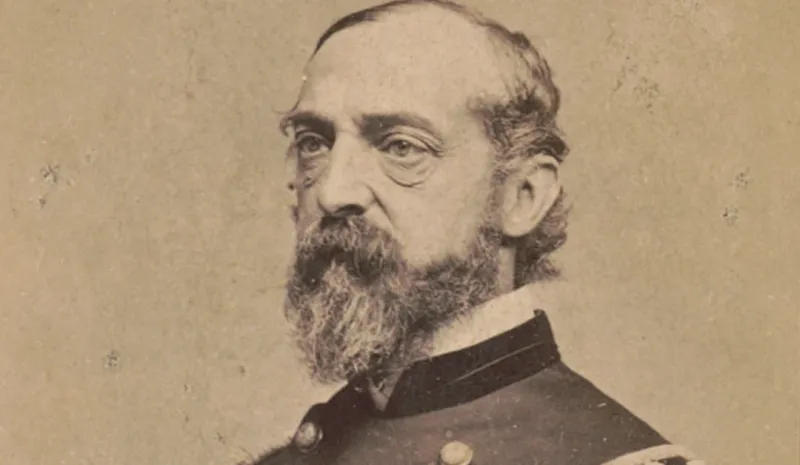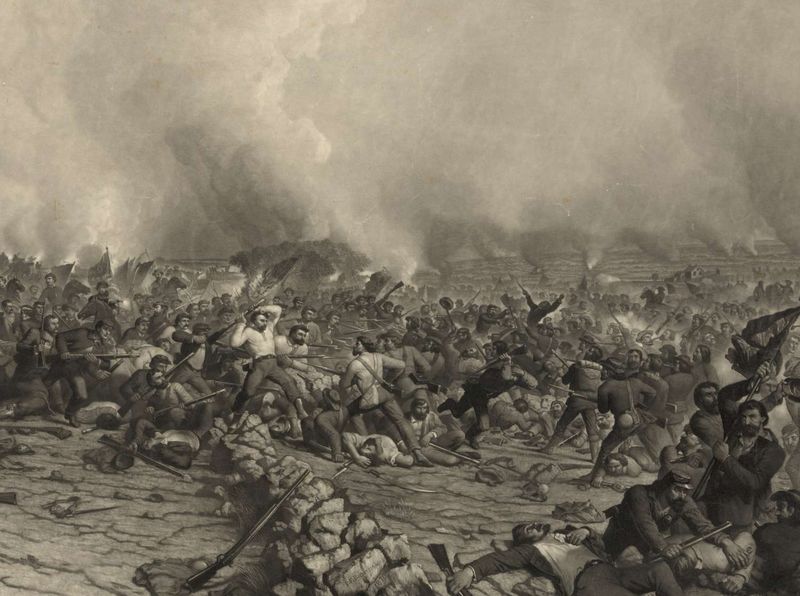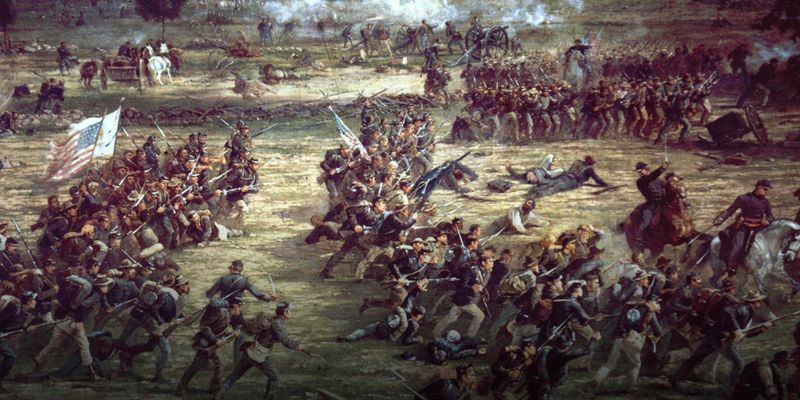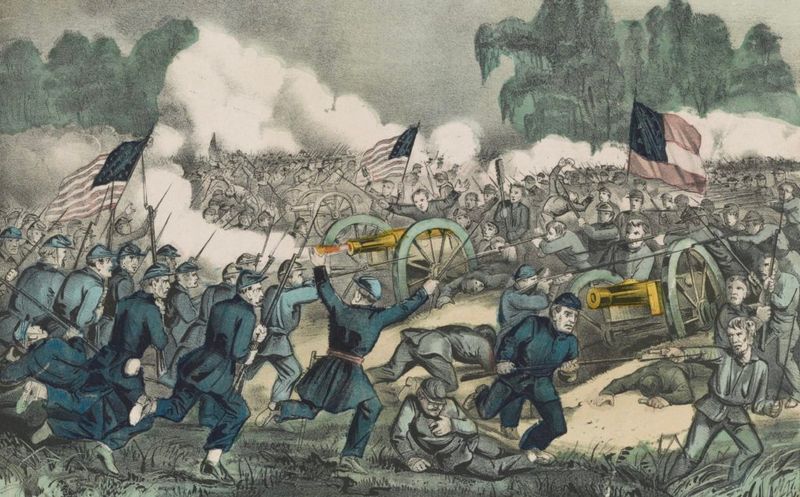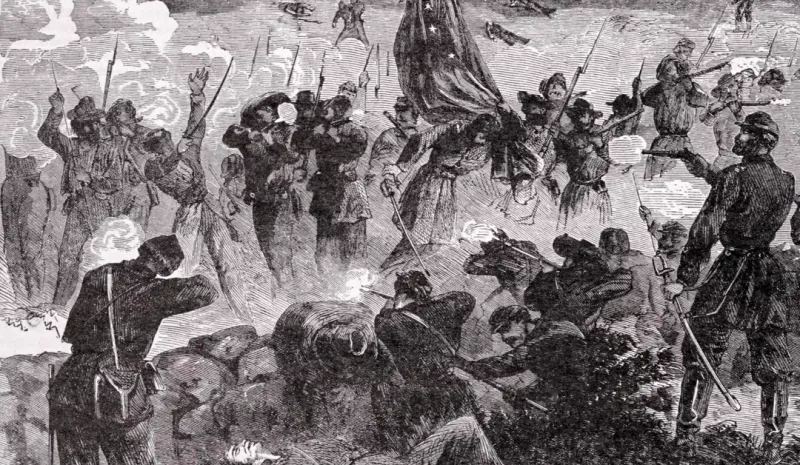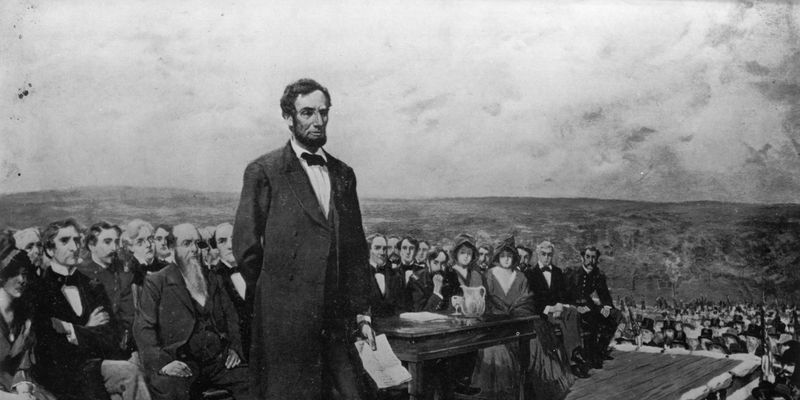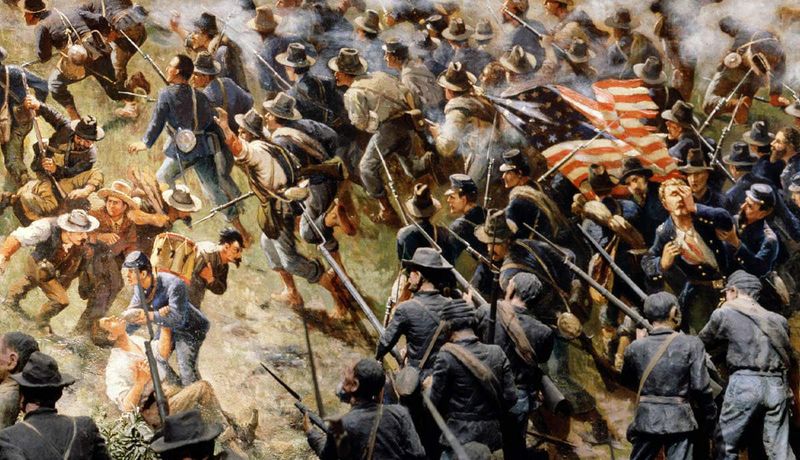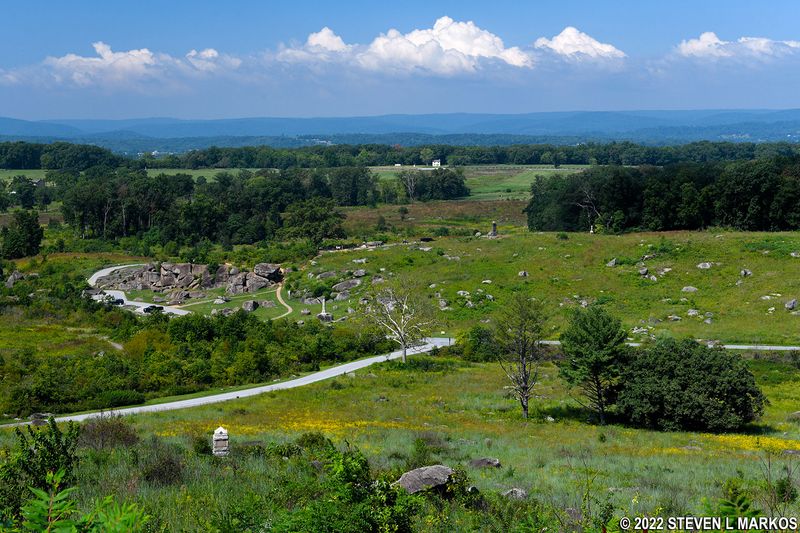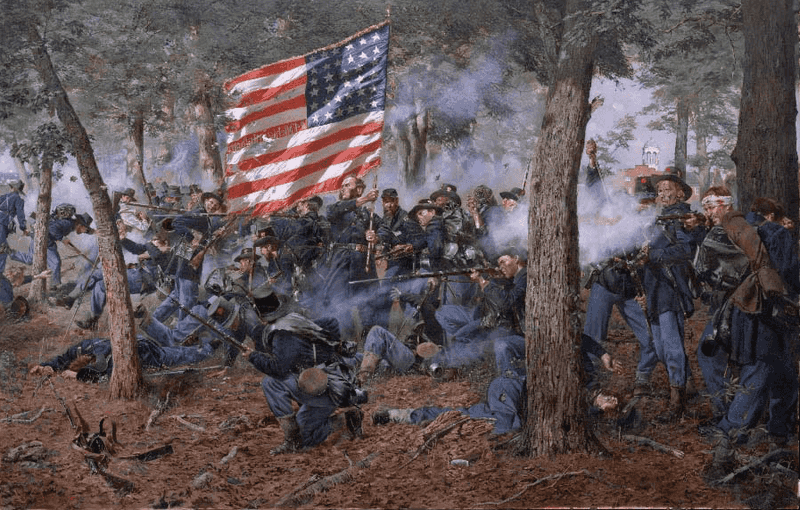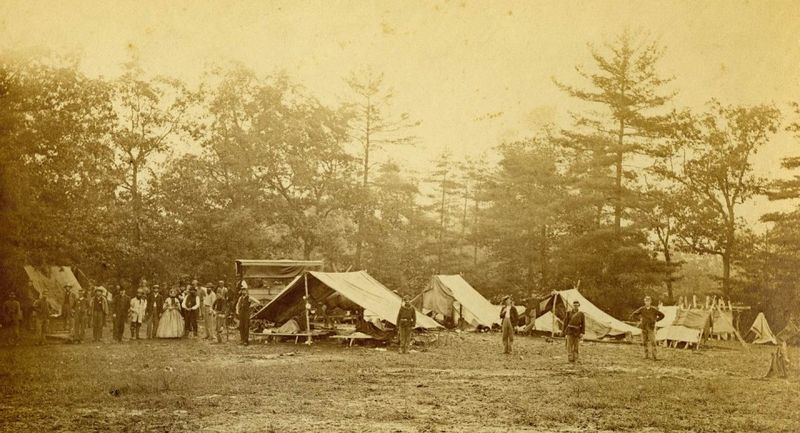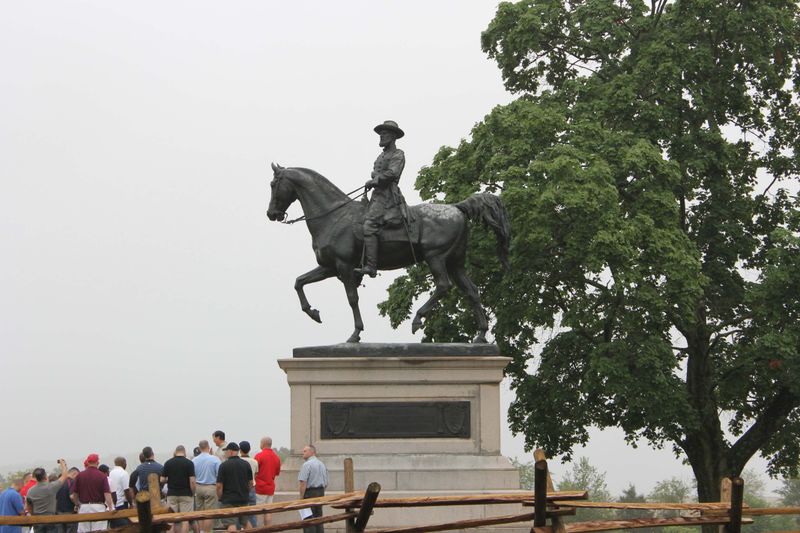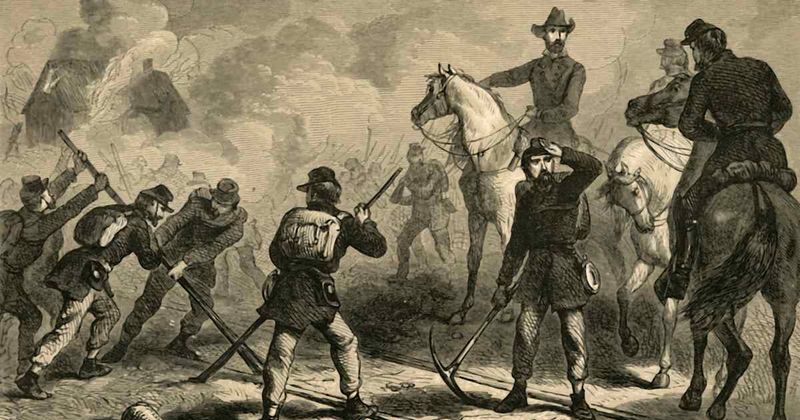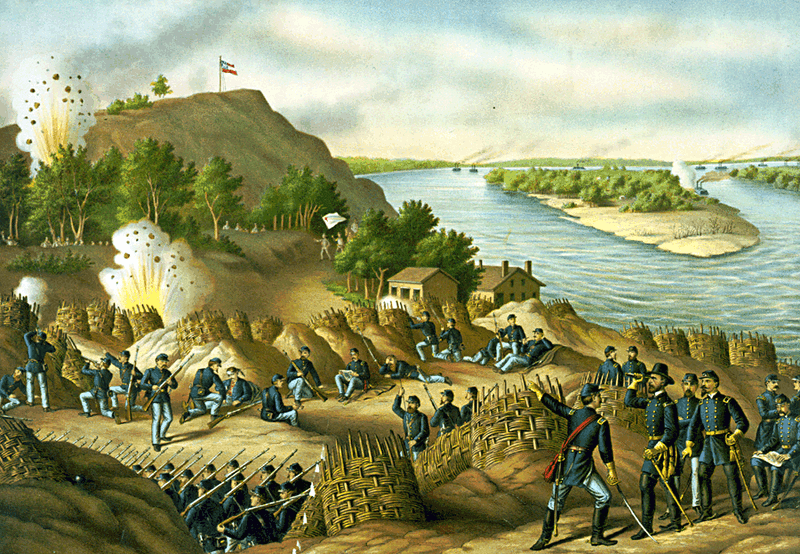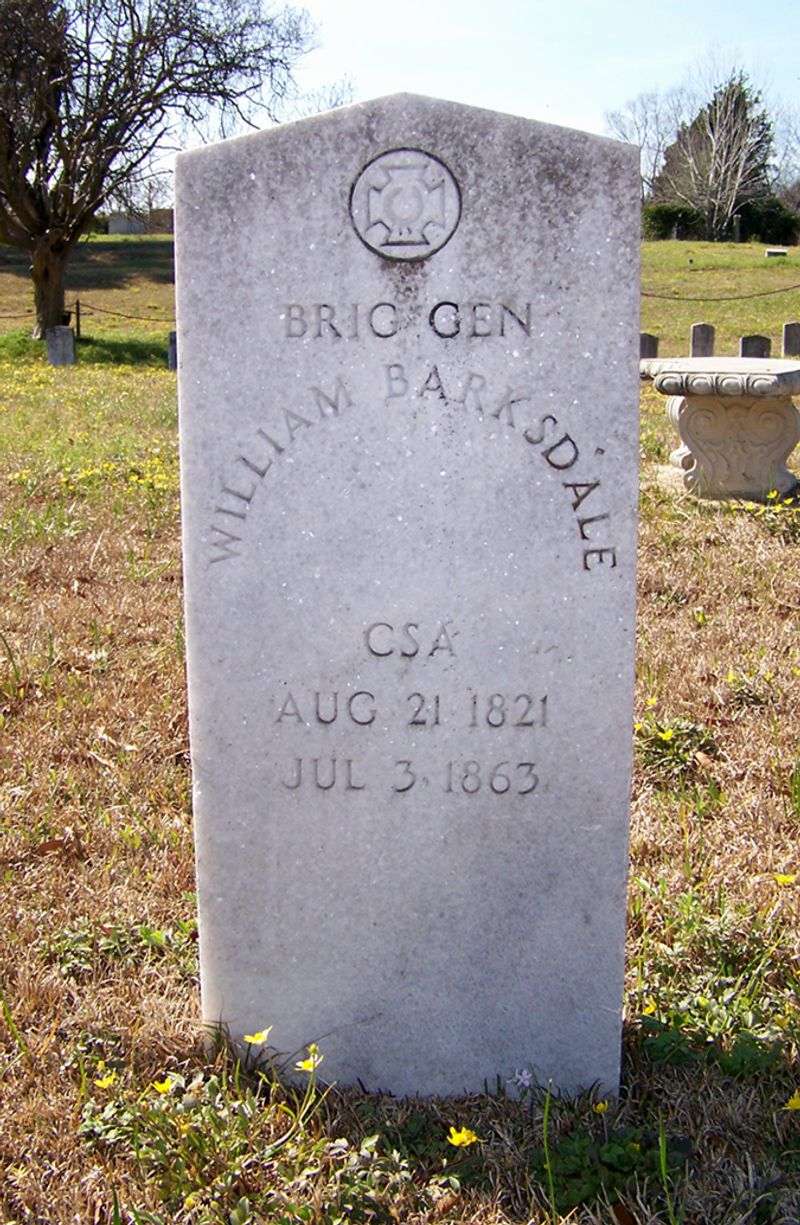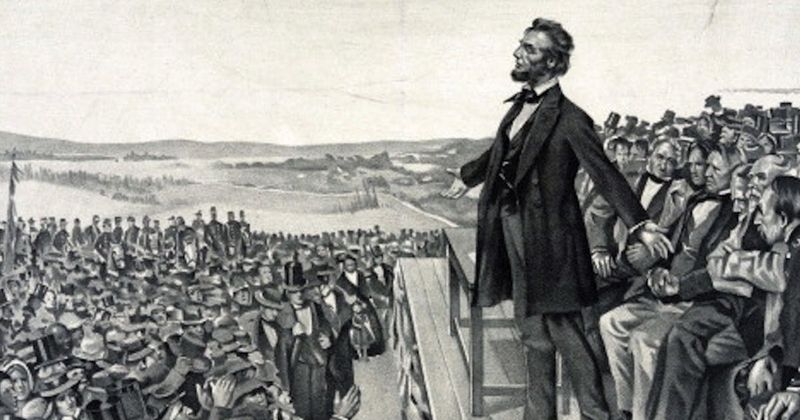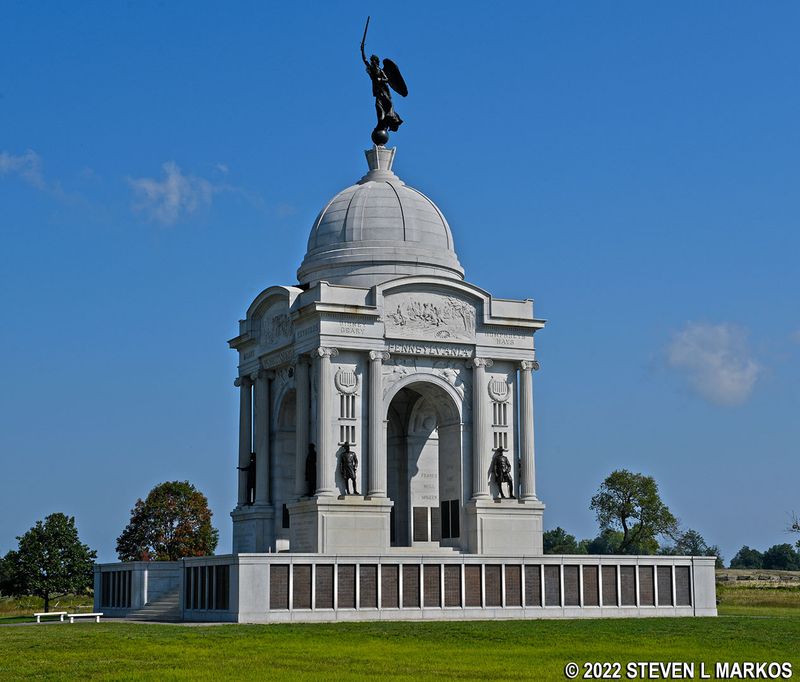The Battle of Gettysburg stands as the bloodiest conflict of the American Civil War and a crucial turning point in the nation’s history.
For three sweltering July days in 1863, Union and Confederate forces clashed in the Pennsylvania countryside, forever altering the trajectory of the war.
What happened during those fateful 72 hours would not only determine America’s future but would echo through generations to come.
1. Three Days That Changed America
Union and Confederate forces collided at Gettysburg from July 1-3, 1863, in what would become the Civil War’s most consequential battle. The fighting erupted unexpectedly when Confederate soldiers searching for supplies encountered Union cavalry west of town.
What began as a chance encounter escalated rapidly into full-scale warfare. By nightfall on July 3rd, both armies had suffered catastrophic losses, and the course of American history had been irrevocably altered on the blood-soaked Pennsylvania soil.
2. America’s Largest Battlefield Showdown
Gettysburg brought together the largest concentration of combatants ever assembled on North American soil. The staggering numbers tell the tale: 93,921 Union soldiers faced off against 71,699 Confederates—over 165,000 Americans locked in mortal combat.
Visualize more than 15 modern NFL stadiums filled to capacity, except these men weren’t spectators but participants in a desperate struggle. The sheer scale of the armies reflected the high stakes both sides recognized in this pivotal confrontation.
3. The Brutal Human Cost
Behind the strategic significance lie heart-wrenching human losses. More than 51,000 men were killed, wounded, captured, or went missing—nearly one-third of all soldiers engaged. Farmhouses became makeshift hospitals where surgeons worked around the clock performing amputations.
Bodies lay scattered across fields and hillsides in the summer heat. Survivors described the aftermath as hell on earth. The battle produced more casualties than D-Day would 81 years later, underscoring the devastating price paid at Gettysburg.
4. Lee’s Bold Northern Gamble
General Robert E. Lee’s invasion plan was audacious—take the war directly to Northern soil. Fresh from victory at Chancellorsville, Lee believed a major triumph on Union territory might force peace negotiations or win foreign recognition for the Confederacy.
His Army of Northern Virginia crossed the Potomac River in June, moving through Maryland into Pennsylvania. Lee aimed to threaten major Northern cities like Philadelphia and Washington DC. The Confederate leadership gambled everything on this ambitious northern thrust, hoping to break Northern resolve.
5. Meade’s Eleventh-Hour Leadership
Just three days before battle erupted, Major General George G. Meade received shocking news—he was the new commander of the Union’s Army of the Potomac. Talk about pressure! The 47-year-old Pennsylvanian had to quickly develop strategy while marching his massive force toward the enemy.
Despite his sudden appointment, Meade proved remarkably effective. He chose excellent defensive positions along Cemetery Ridge and managed his generals skillfully. His calm, methodical approach contrasted with Lee’s aggressive tactics and ultimately proved decisive.
6. Pickett’s Charge: The Desperate Gamble
On the battle’s final day, Lee ordered what many consider the Civil War’s most dramatic moment. Nearly 12,500 Confederate soldiers advanced across nearly a mile of open field toward the Union center on Cemetery Ridge.
Union artillery and rifle fire tore through their ranks. Merely 150 rebels briefly penetrated Union lines at what became known as the “High Water Mark of the Confederacy.” The assault collapsed spectacularly, with over 50% casualties. When survivors staggered back, General Lee personally consoled them, admitting, “It is all my fault.”
7. Confederate Momentum Shattered
Before Gettysburg, Lee’s army seemed nearly invincible, winning victories at Fredericksburg and Chancellorsville despite being outnumbered. Southern morale soared with each triumph as Lee outmaneuvered Union generals repeatedly.
Gettysburg changed everything. The Army of Northern Virginia lost irreplaceable veteran officers and experienced soldiers. Lee would never again launch a major offensive into Northern territory. From this point forward, the Confederacy fought defensively, gradually losing ground and resources in a war of attrition they couldn’t sustain.
8. The Rain-Soaked Retreat
Adding insult to injury, Lee’s battered army began its retreat on July 4th—American Independence Day. A massive thunderstorm turned roads into mud bogs as the 17-mile wagon train of wounded soldiers crawled southward toward the Potomac River.
Union forces failed to pursue aggressively, allowing Lee’s army to escape. President Lincoln was furious at this missed opportunity to potentially end the war. “We had them within our grasp,” he lamented. The Confederate retreat coincided with another devastating loss—Vicksburg’s surrender in Mississippi.
9. The Psychological Victory
Gettysburg delivered a psychological blow from which the Confederacy never recovered. After two years of mostly Southern victories, Northerners finally had reason to believe the war could be won.
Newspaper headlines trumpeted the triumph across Union states. Recruiting efforts surged as volunteers flocked to join what now seemed a winning cause. Meanwhile, Southern newspapers struggled to explain the defeat, and Confederate currency value plummeted.
The battle represented a crucial morale shift that reinvigorated Northern determination to preserve the Union at all costs.
10. Lincoln’s Immortal Address
Four months after the battle, President Abraham Lincoln delivered 272 words that would become America’s most famous speech. Standing at the new military cemetery on November 19, Lincoln reframed the entire war’s purpose in just two minutes.
“Government of the people, by the people, for the people” transformed the conflict from merely preserving the Union to fulfilling America’s promise of equality. Many newspapers initially missed the speech’s significance. The main speaker that day, Edward Everett, delivered a two-hour oration now largely forgotten.
11. International Implications
European powers, particularly Britain and France, had been contemplating recognizing the Confederacy as an independent nation. Confederate diplomats lobbied extensively in European capitals, arguing Southern independence was inevitable.
Gettysburg dramatically altered this calculus. Combined with Vicksburg’s fall, the battle convinced European observers that Union victory was now probable. Foreign intervention, the Confederacy’s last real hope for success, evaporated after Gettysburg as European governments backed away from potential Confederate recognition.
12. The High Ground Advantage
Geography proved decisive at Gettysburg. Union forces secured crucial elevated positions—Cemetery Hill, Cemetery Ridge, Culp’s Hill, and the Round Tops—forming a fishhook-shaped defensive line with excellent fields of fire.
Little Round Top nearly fell on July 2nd until Colonel Joshua Chamberlain’s 20th Maine made their legendary bayonet charge. Had Confederates seized these heights, they could have dominated the battlefield with artillery. “High ground wins battles” became a military lesson taught for generations afterward.
13. The Iron Brigade’s Sacrifice
Nicknamed for their tenacity in battle, the Iron Brigade—composed of Midwestern regiments—suffered 65% casualties holding critical ground on the battle’s first day. Their distinctive black Hardee hats made them instantly recognizable on the battlefield.
Similarly, Colonel Joshua Chamberlain’s 20th Maine Regiment fought until their ammunition was exhausted before making a desperate bayonet charge down Little Round Top. These units’ extraordinary courage at critical moments prevented Confederate breakthrough at multiple points, highlighting how individual heroism shaped the battle’s outcome.
14. A Town Transformed by War
Gettysburg’s 2,400 civilians found themselves caught in history’s crossfire. Their homes became hospitals, their fields turned to graveyards, and their supplies were commandeered by both armies.
One civilian, Jennie Wade, was killed by a stray bullet while baking bread. Local farmer John Burns, 70, grabbed his flintlock and joined Union forces in battle. For months afterward, townspeople nursed wounded soldiers who couldn’t be evacuated. The smell of death lingered through the summer as overwhelmed burial details struggled with their grim task.
15. A Symbolic Battleground
Gettysburg quickly transcended military significance to become a powerful national symbol. Within months, photographers like Alexander Gardner were selling battlefield images that shocked the public with war’s reality.
Poets, painters, and writers flocked to capture the battle’s drama. By the 1880s, veterans groups began erecting monuments, eventually installing over 1,300 memorials that still stand today. The battlefield became a pilgrimage site where Americans confronted the war’s meaning and cost.
Few American places hold such emotional and symbolic weight in the national consciousness.
16. The Birth of Total War
Following Gettysburg, Union strategy evolved toward a more comprehensive approach. General Ulysses S. Grant, who would soon command all Union forces, believed in attacking Confederate resources, not just armies.
This shift led to Sherman’s devastating March to the Sea and the Shenandoah Valley scorched earth campaign. The gloves came off as Northern generals realized destroying Southern economic capacity was crucial to victory. Gettysburg marked the psychological turning point where Union leadership embraced more aggressive tactics to end the rebellion.
17. The Simultaneous Western Victory
On the same day Lee retreated from Gettysburg, Confederate General John Pemberton surrendered Vicksburg, Mississippi to Ulysses S. Grant. This double disaster devastated Southern hopes. The Mississippi River fell completely under Union control, effectively cutting the Confederacy in half.
President Lincoln recognized the strategic significance immediately: “The Father of Waters again goes unvexed to the sea.” These twin July victories represented a one-two punch from which the Confederacy could never recover, shifting momentum decisively toward eventual Union triumph.
18. Leadership Decimated
Gettysburg decimated Confederate leadership. Generals Lewis Armistead, Richard Garnett, and William Barksdale were killed. Generals James Kemper, Isaac Trimble, and Johnston Pettigrew were severely wounded. In total, the Confederacy lost 14 generals killed, wounded or captured.
These seasoned commanders couldn’t be easily replaced. Many had West Point training and decades of military experience. Their loss created a leadership vacuum at crucial levels of command. While the Union also lost valuable officers, their larger population and military infrastructure allowed faster replacement of losses.
19. Lincoln’s Political Salvation
Before Gettysburg, Lincoln’s presidency hung by a thread. War weariness spread through Northern states, peace Democrats gained political strength, and the 1864 election loomed ominously for Republicans.
The victory breathed new life into Lincoln’s administration. Though challenges remained, the president could now point to battlefield success vindicating his policies. Without Gettysburg, Lincoln might well have lost reelection, potentially leading to a negotiated peace preserving slavery. Instead, the battle helped secure four more years for Lincoln’s vision of Union and emancipation.
20. America’s Most Sacred Soil
Today, Gettysburg National Military Park preserves 6,000 acres where history pivoted. Over two million visitors annually walk fields where soldiers clashed in America’s existential crisis. Park rangers, monuments, and museums help visitors comprehend the battle’s enormous significance.
Five U.S. presidents have delivered major addresses at Gettysburg. Countless reunions brought former enemies together in reconciliation. The ground remains America’s most visited battlefield, a place where citizens contemplate sacrifice, courage, and national purpose across generations.
